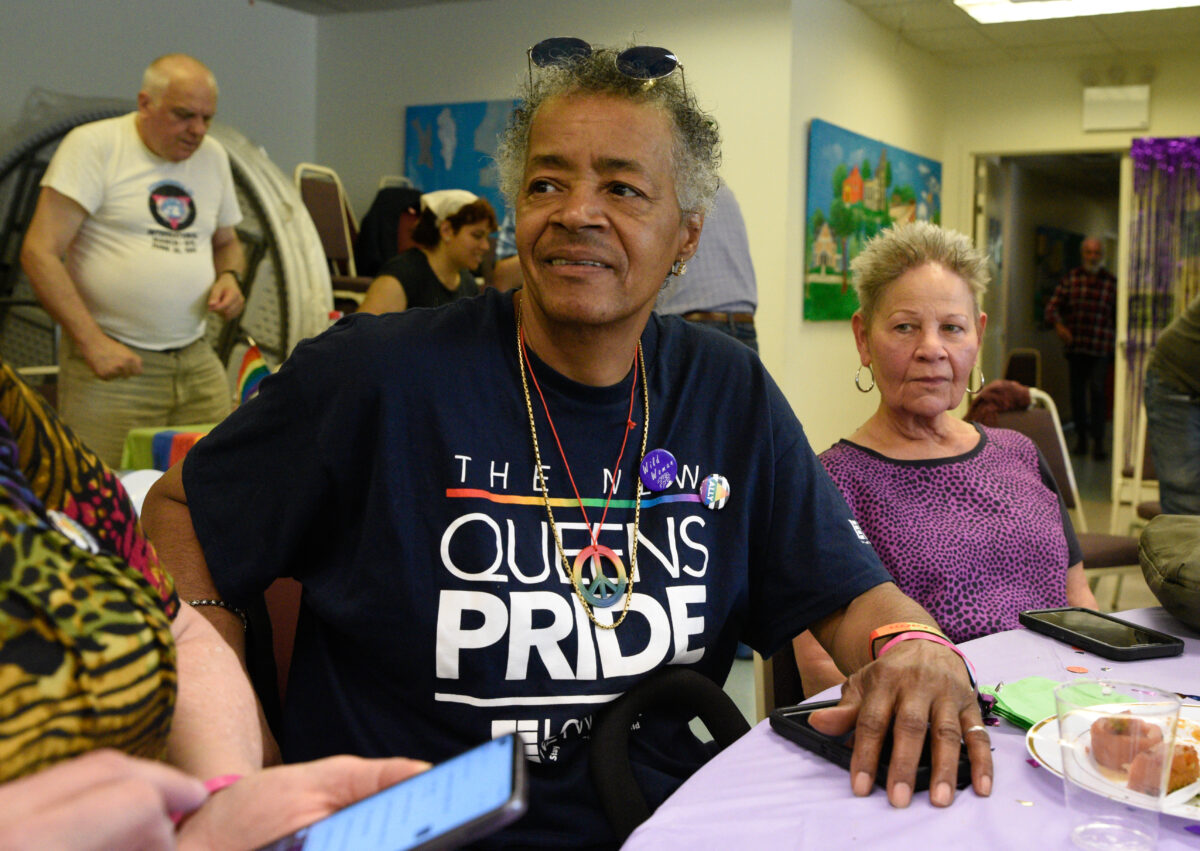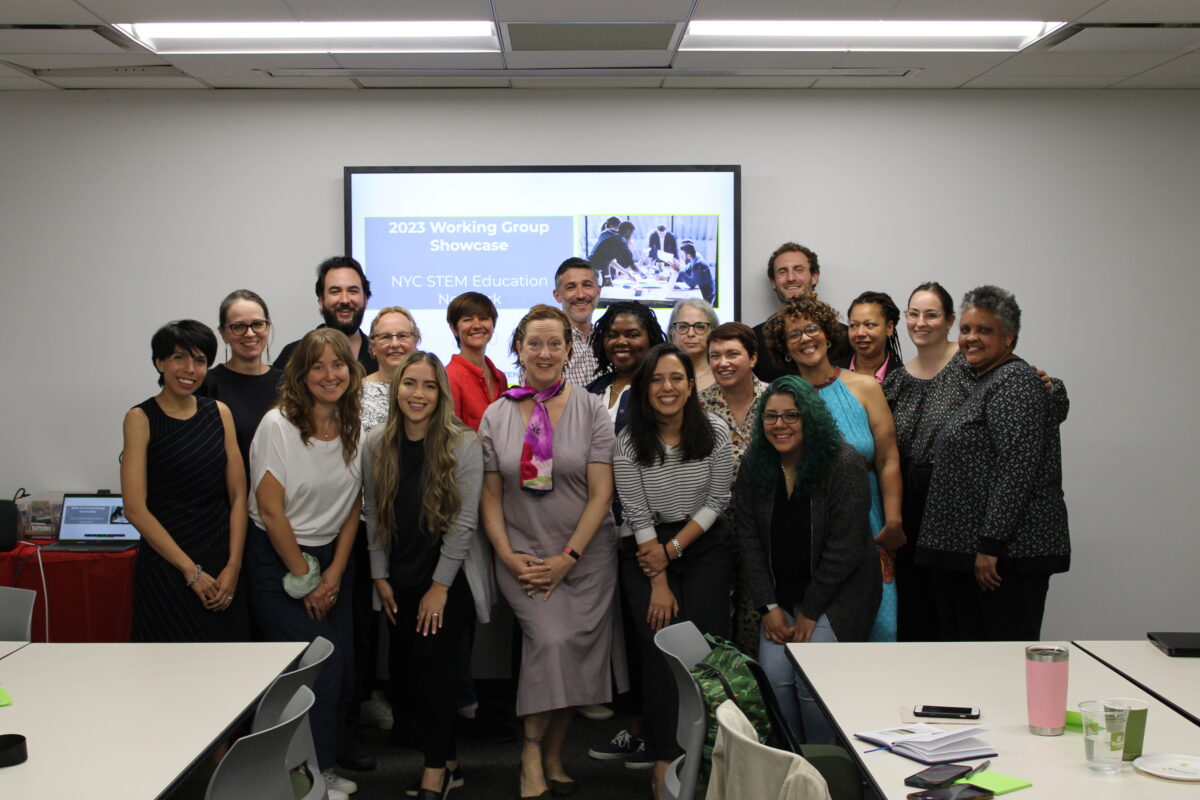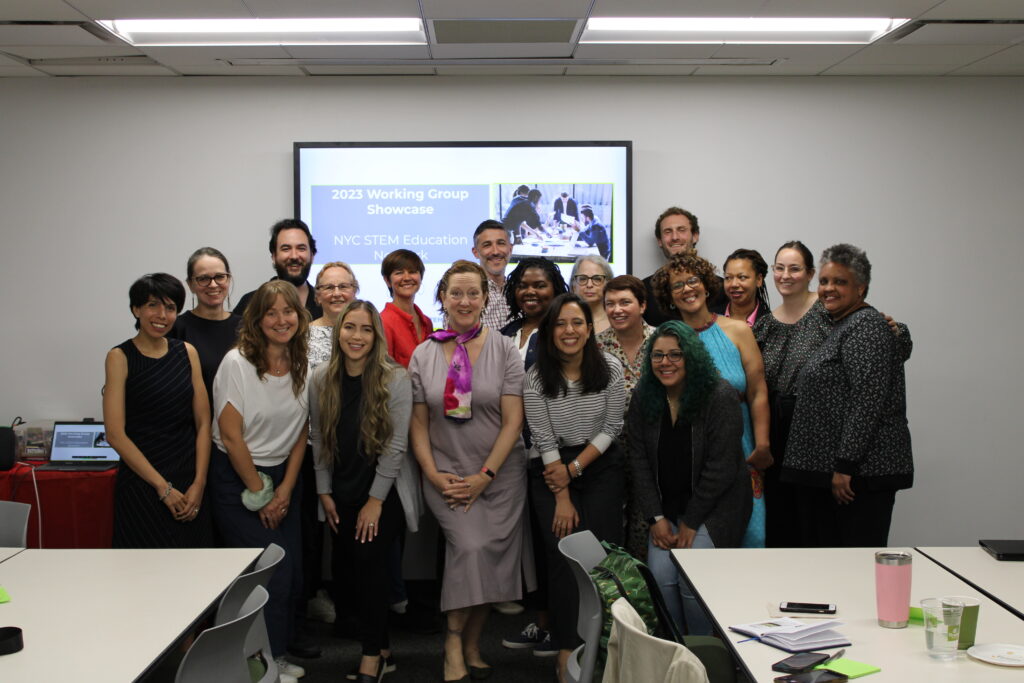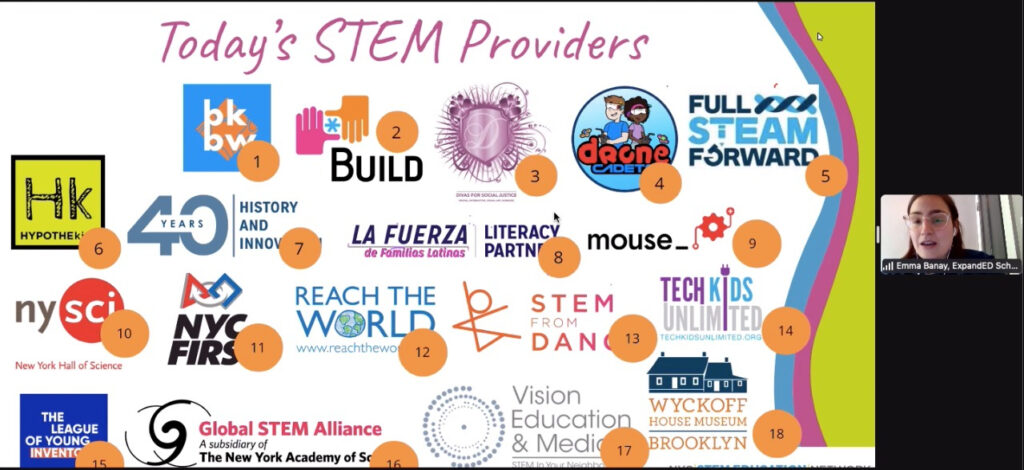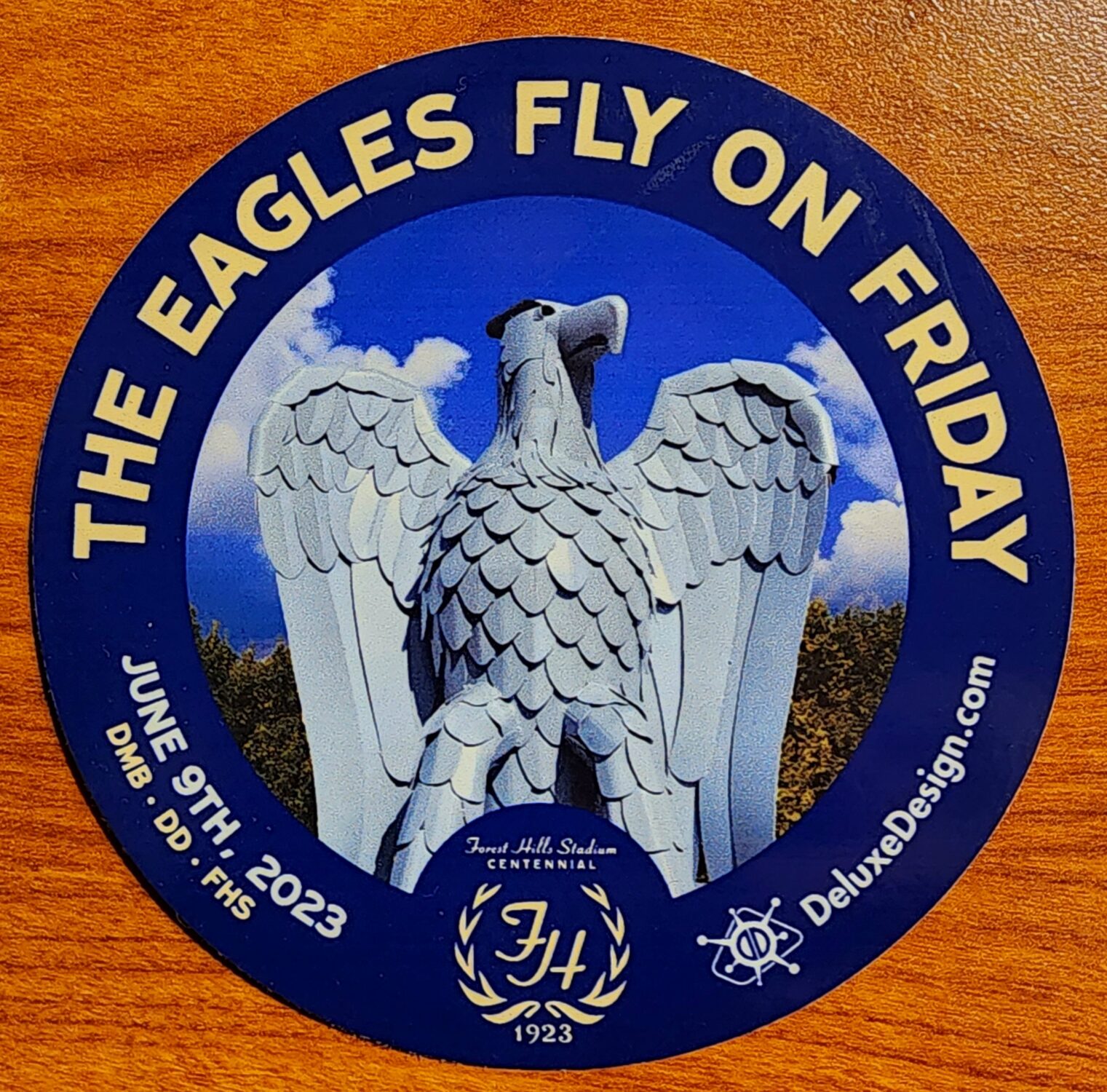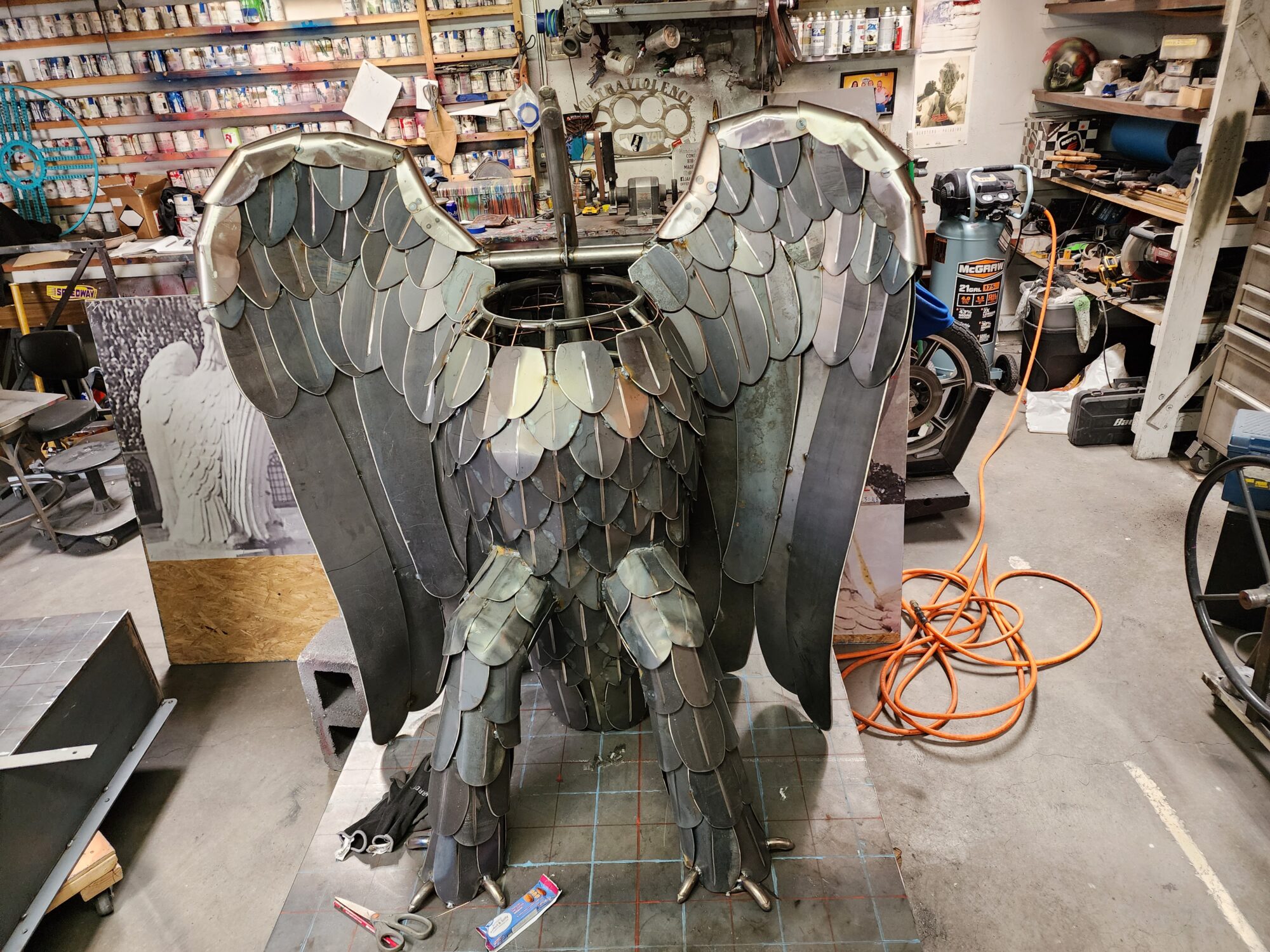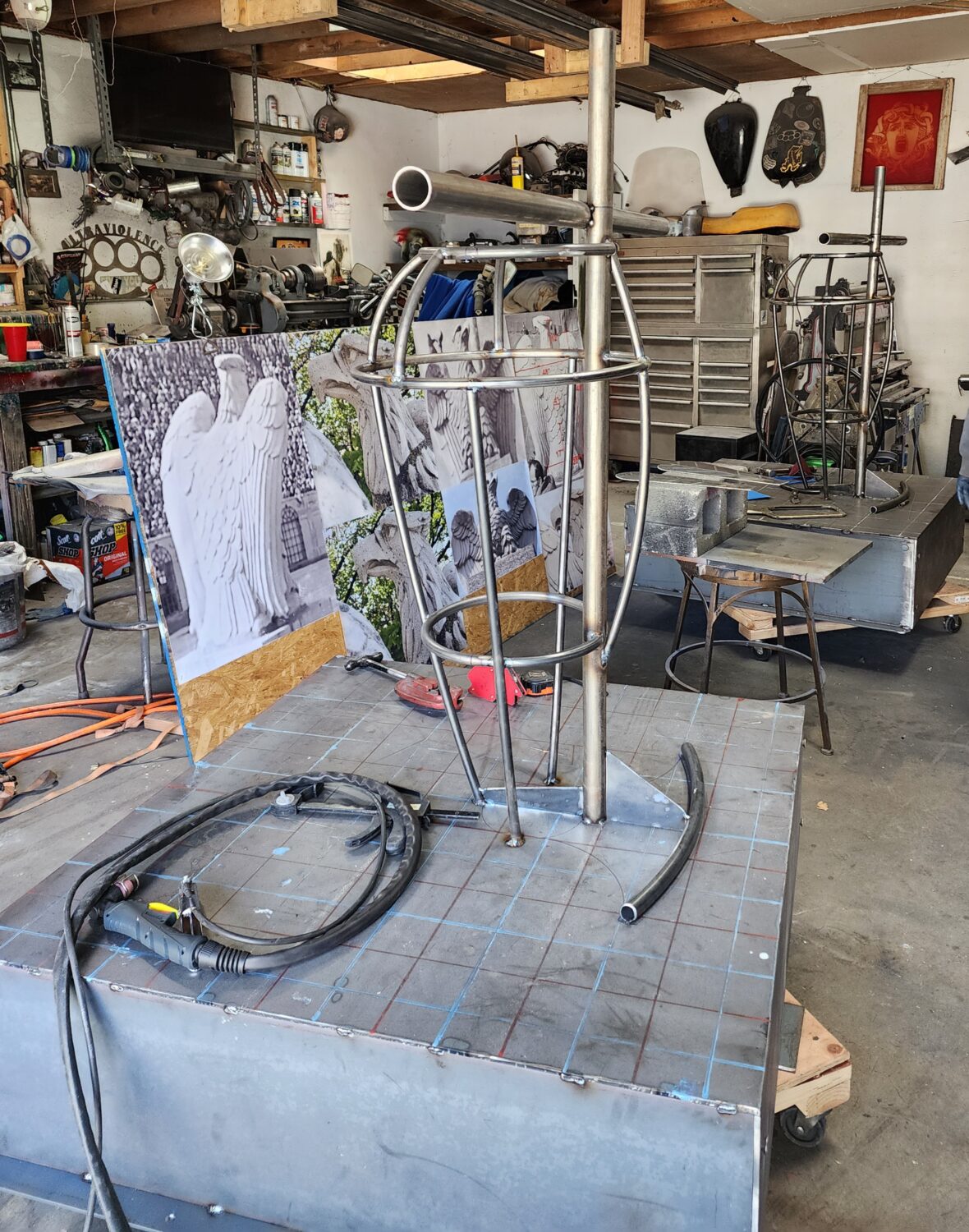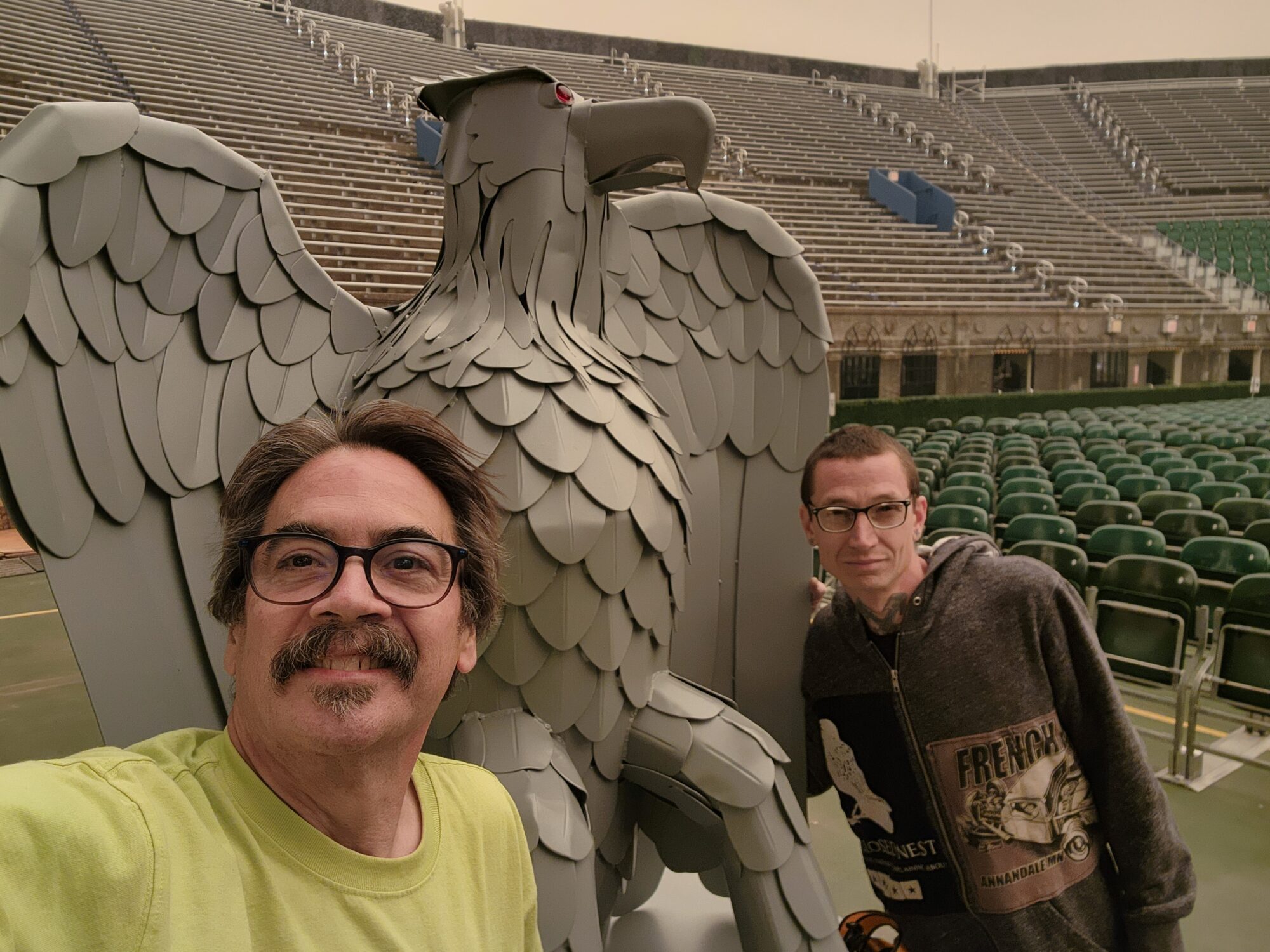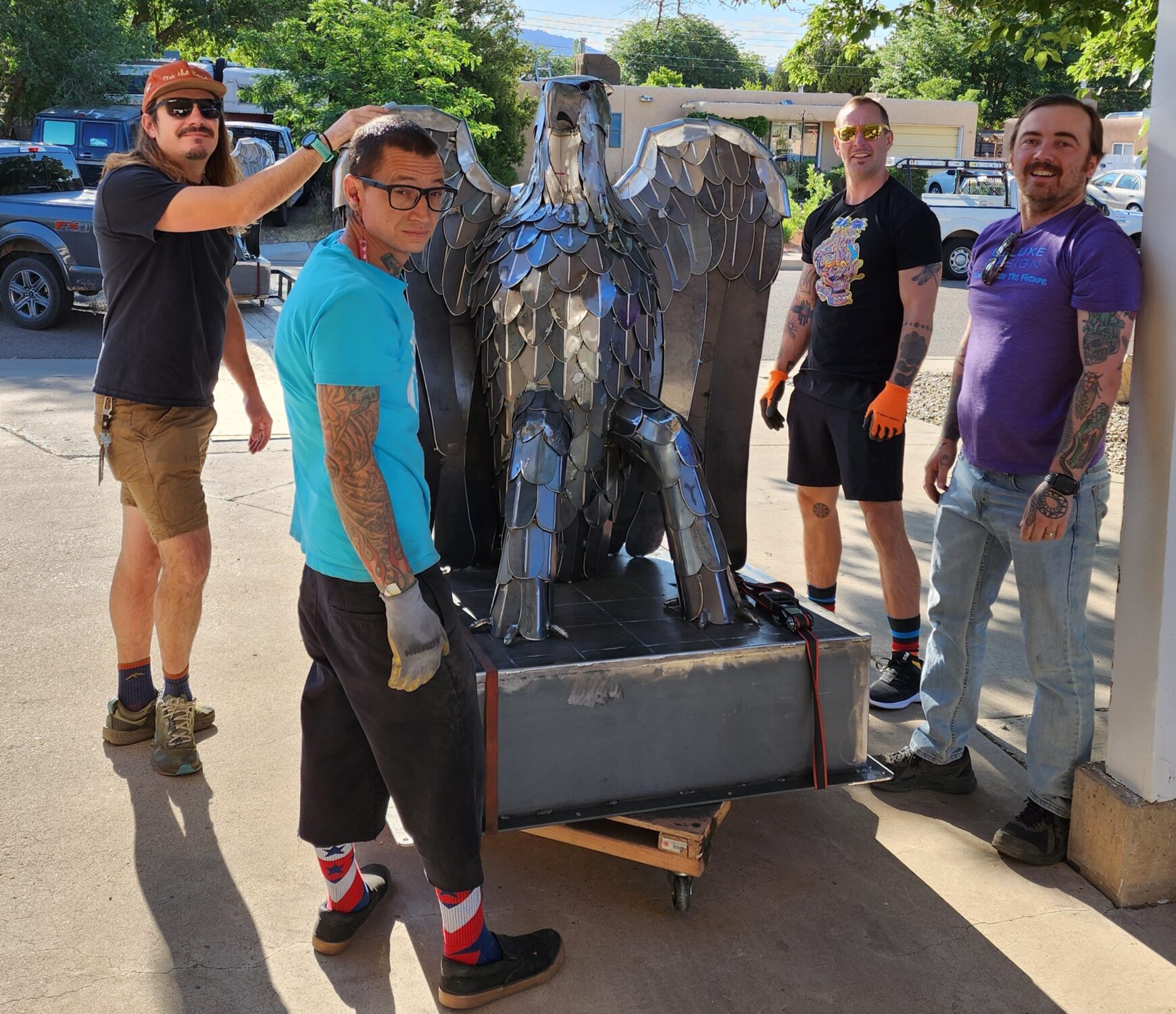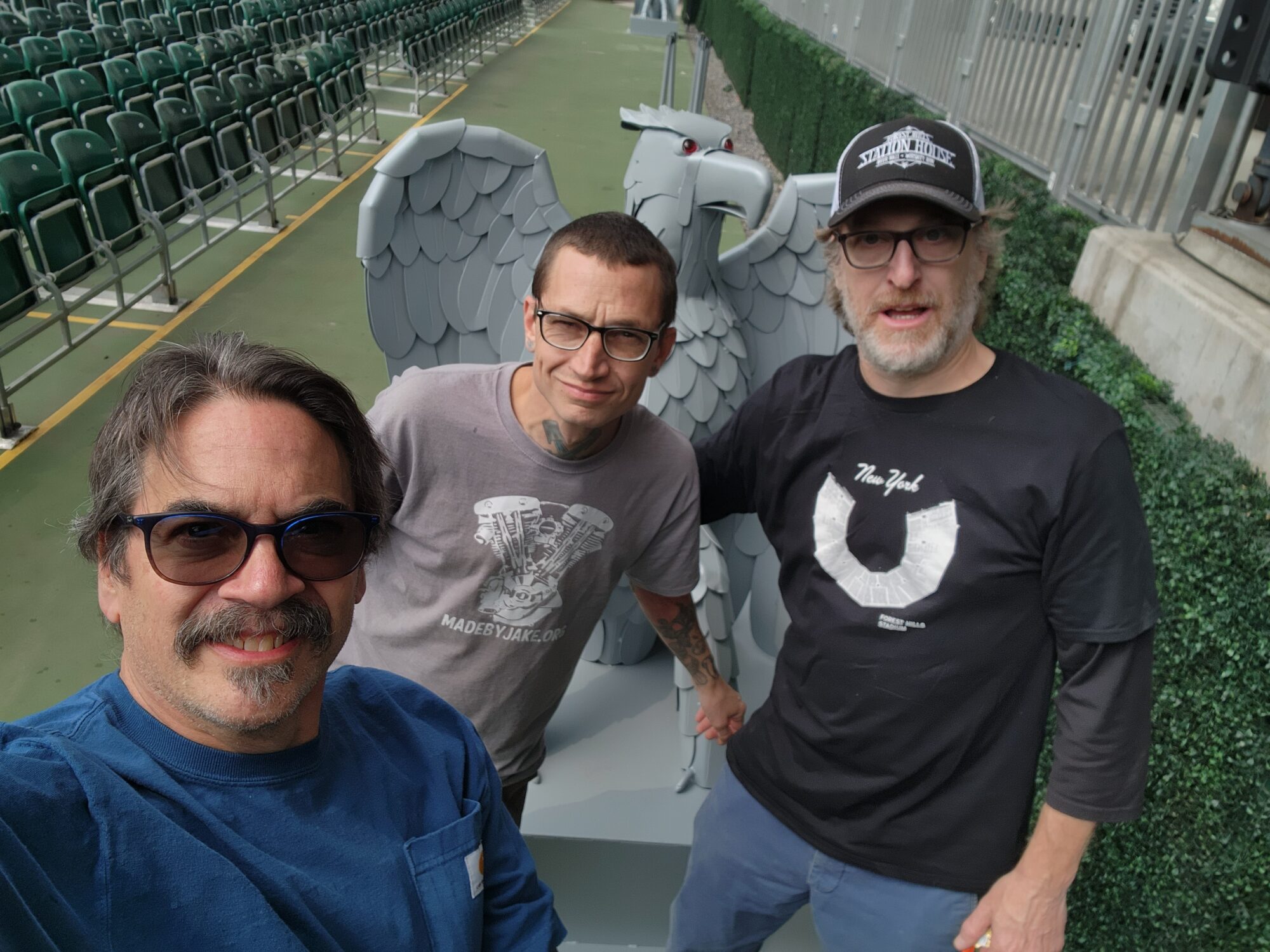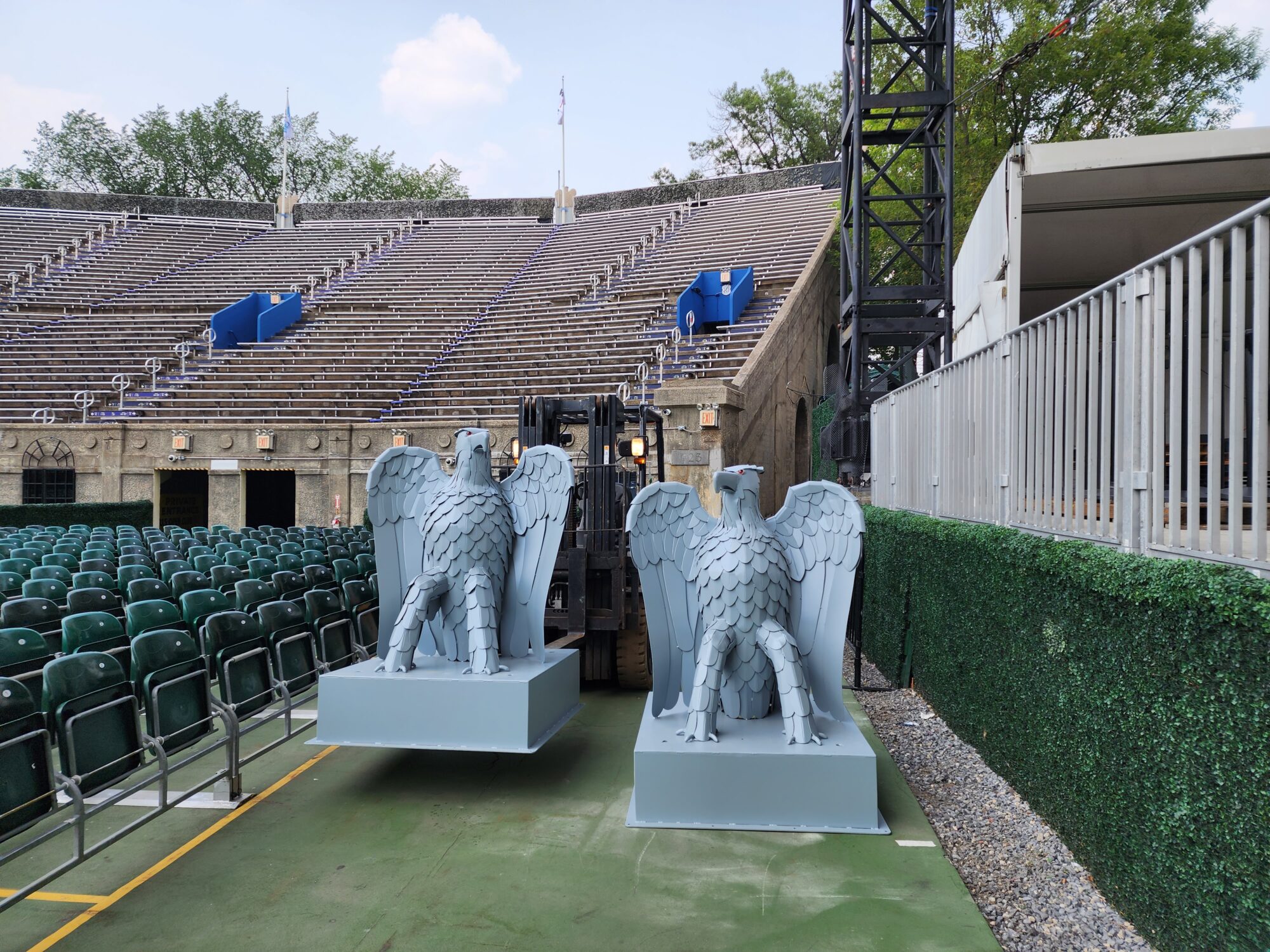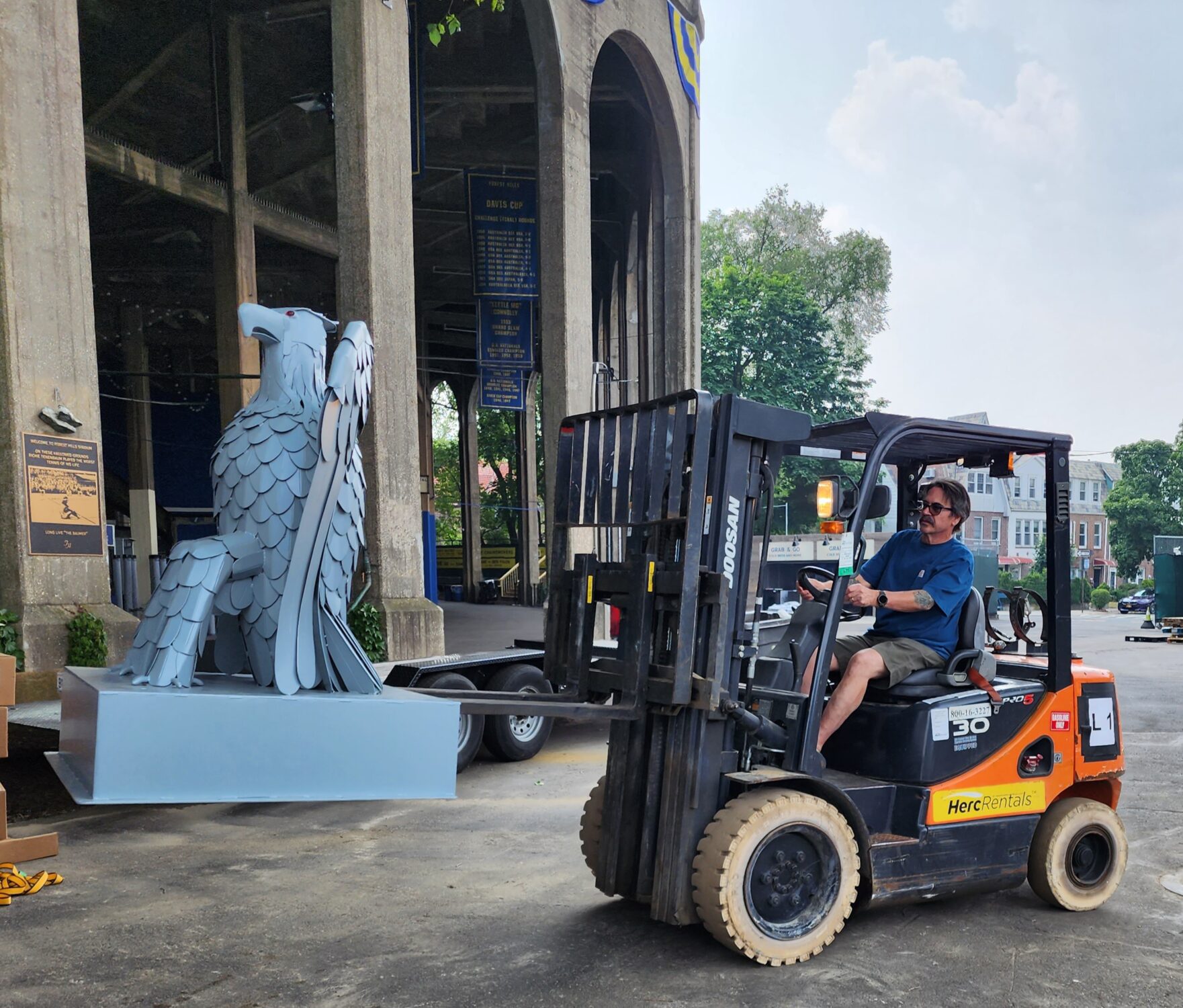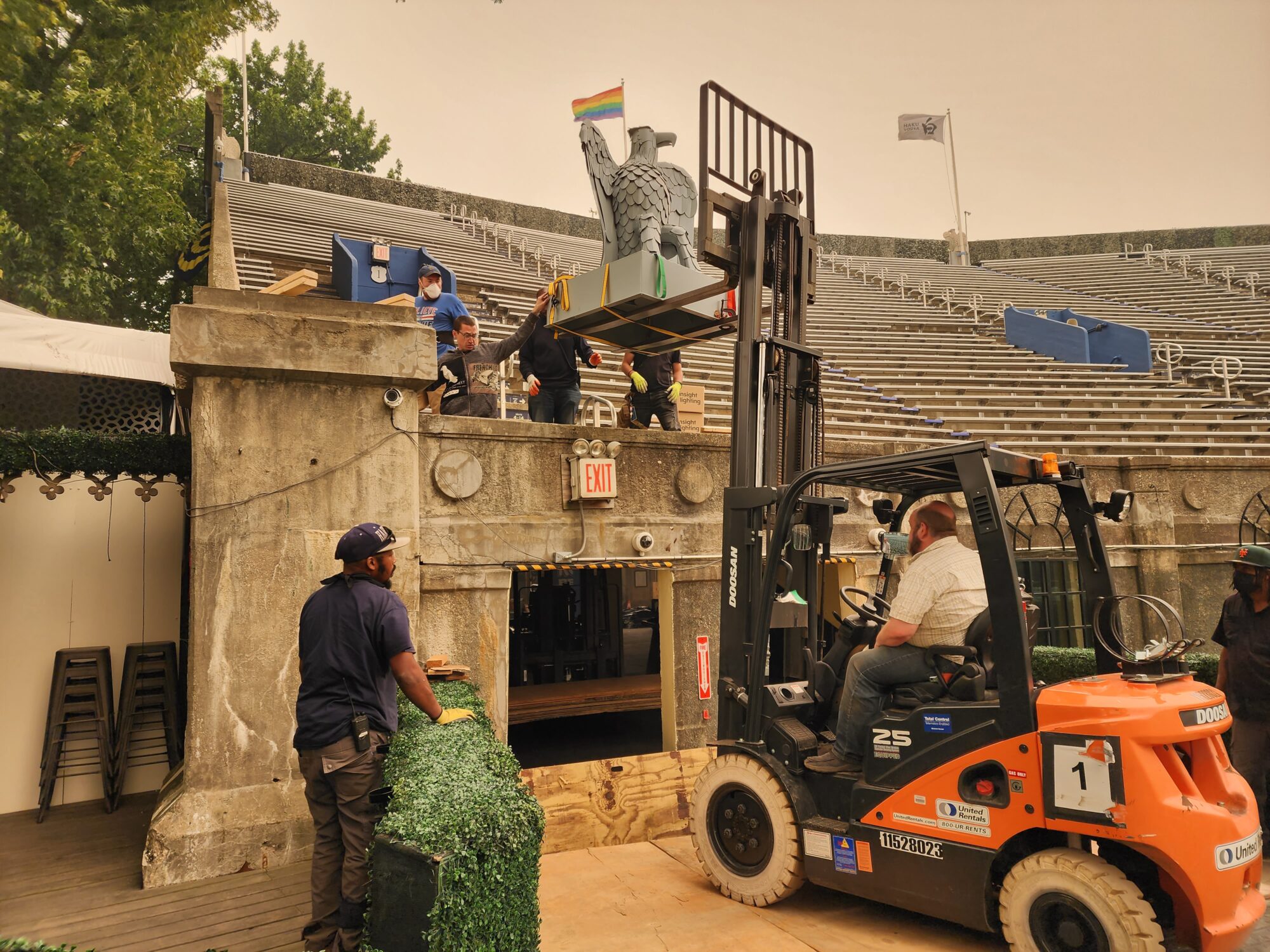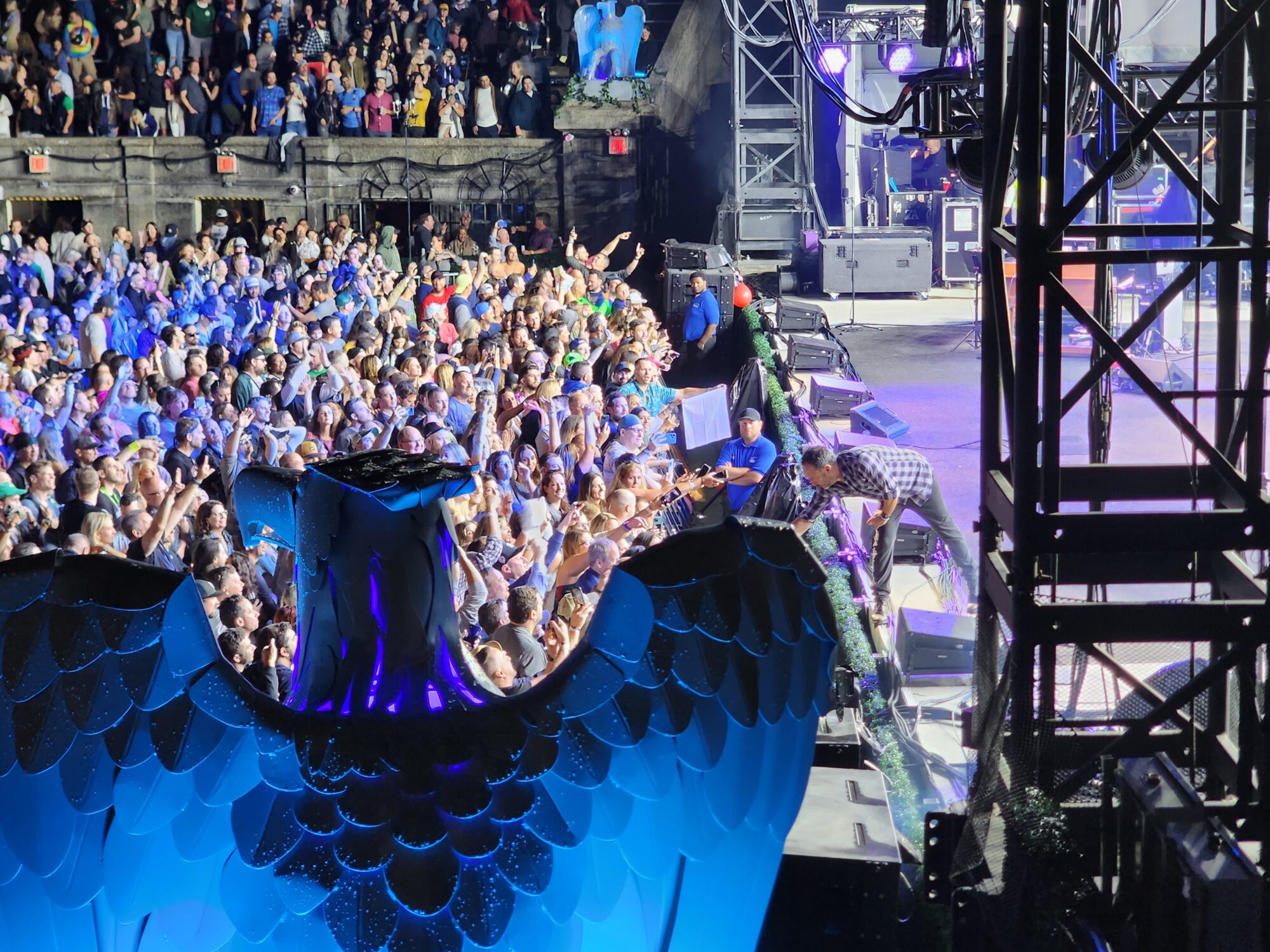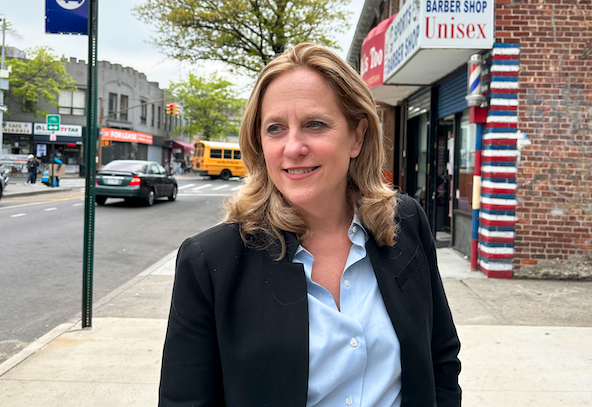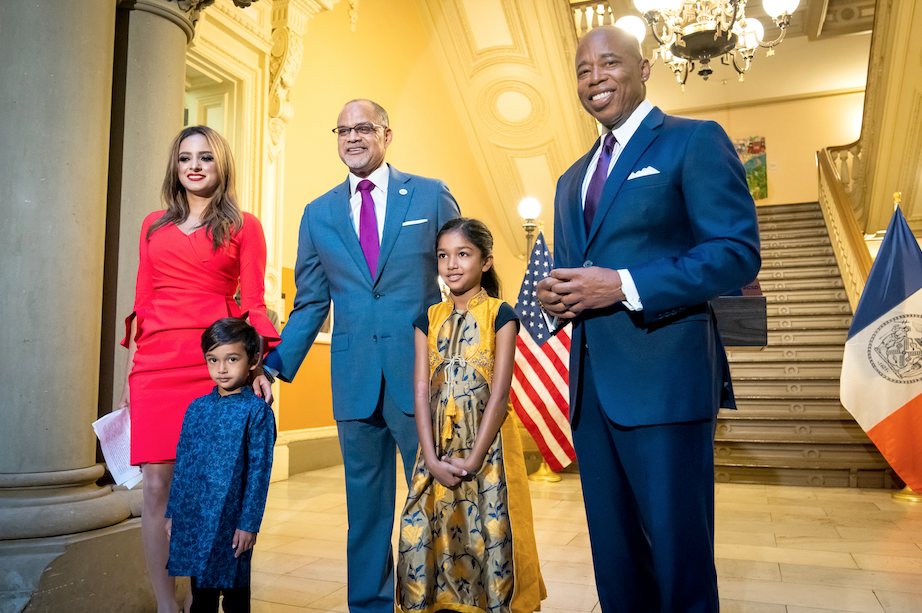Center for Gay Seniors Celebrates Pride
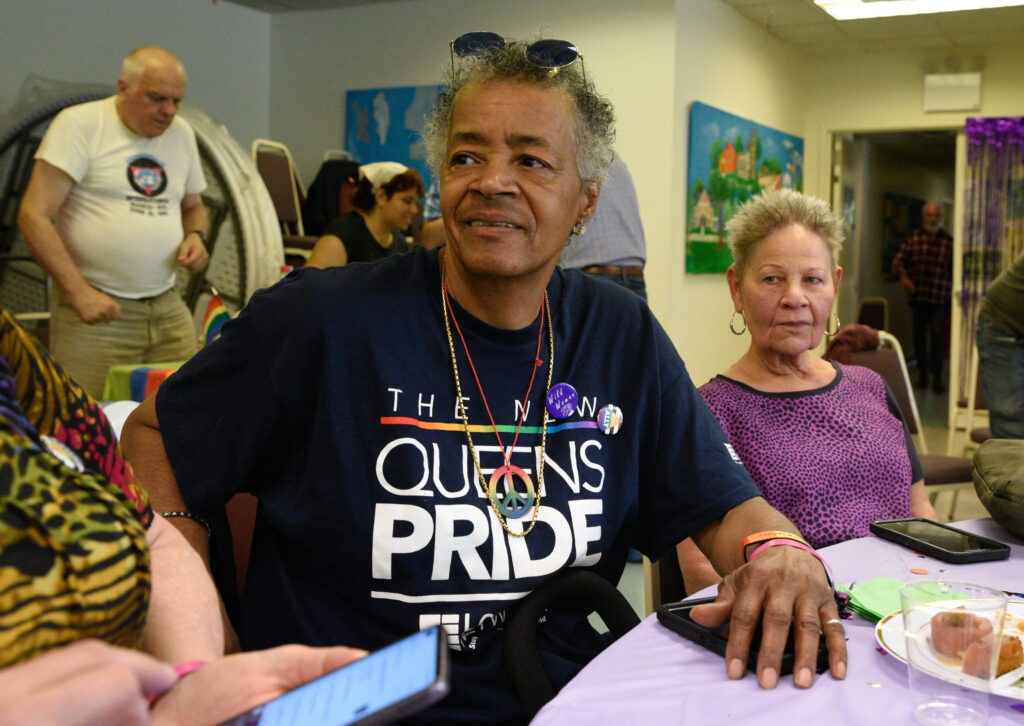
Attendees said they enjoyed the drag performances from the Imperial Court.
By Iryna Shkurhan | ishkurhan@queensledger.com
Dozens of gay seniors, with some allies sprinkled in, gathered for a Pride Month social at the Kew Gardens Community Center on Saturday, June 10 for dancing, wine and drag performances.
While the Queens Center for Gay Seniors, the only of its kind in Queens, is located in Jackson Heights, their monthly social event is held at the Kew Gardens location to accommodate larger events.
For this month’s social, Pride Month brought a celebratory mood to the seniors who come to foster connections and have a good time. And special musical and dance performances from the drag queens from the Imperial Court of New York, a major fundraiser for the LGBTQIA+ community, had the attendees in awe.
“We are just about all the same age, but for every one of you walked in pride, who held her partner’s hand before I did, thank you,” said Empress Madeline Keith after singing Whitney Houston’s I Look To You to the crowd.
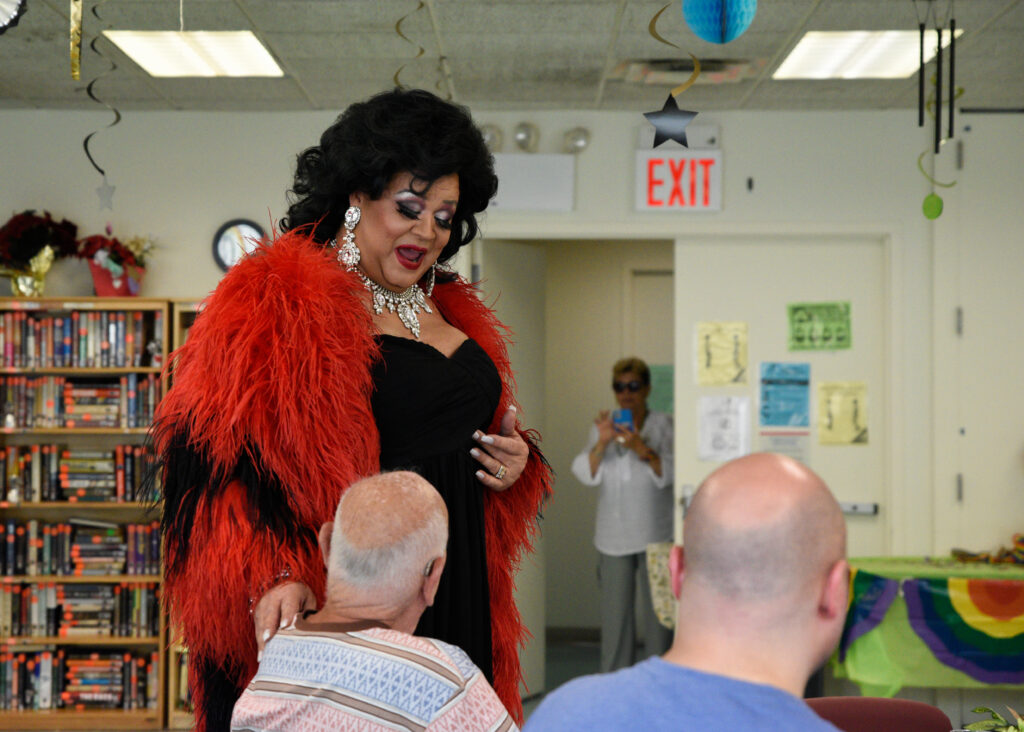
Performers from the Imperial Court interacted with the seniors.
Approximately 40-50 seniors walk through the doors of the Jackson Heights location inside the Queens Jewish Center every day. While not all of them are part of the LGBT community, all are welcomed and offered services according to members and staff.
“It’s like a second home and sanctuary,” said Jojo Christian Manansala, 61, who has been coming to the Center for Gay Seniors since it opened close to a decade ago. “I tell them, if you don’t know my name, I wonder where have you been.”
Conveniently, the center is only a block away from his home in Jackson Heights, which Manansala finds laughable.
“I saw him and I said, that will be my husband,” said Manansala when fondly recounting meeting his life partner in the late 1970’s while they were both living on the Upper East Side.
Last year, his partner of 43 years passed away. And Manansala began coming to the center almost every day, after only coming once a week or so before.
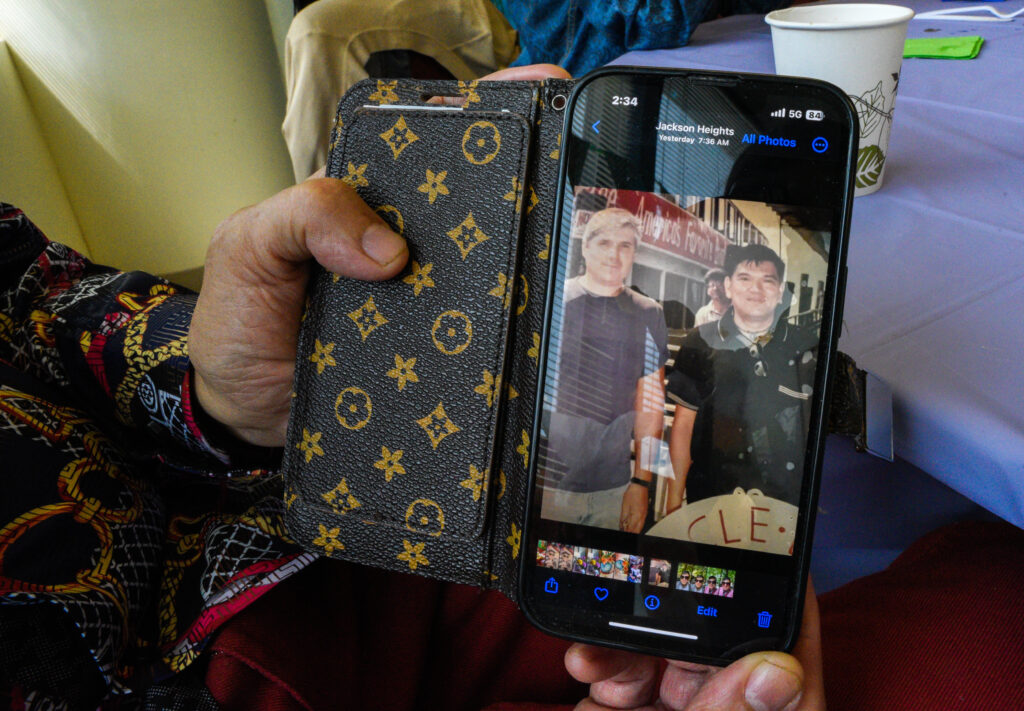
Manansala and his partner when they first met over four decades ago.
“I need an outlet to voice my feelings,” said Manansala. “It’s very hard when you lose somebody who was with you for 43 years. Half of your body is gone.”
He says that the exercise classes such as zumba and aerobics, and creative workshops for art and writing, are great at stimulating his mind and filling up his day. The center also offers hot meals alongside free transportation, educational programs and social events.
“At this point in my life I don’t care who knows I’m gay anymore,” said Manansala, who revealed that he never came out in his professional career as a lawyer and CPA due to fear of discrimination. His partner, who was a pilot, also never came out at work and the pair didn’t feel comfortable getting married legally. But luckily with friends and family, they were always supported and felt comfortable being themselves.
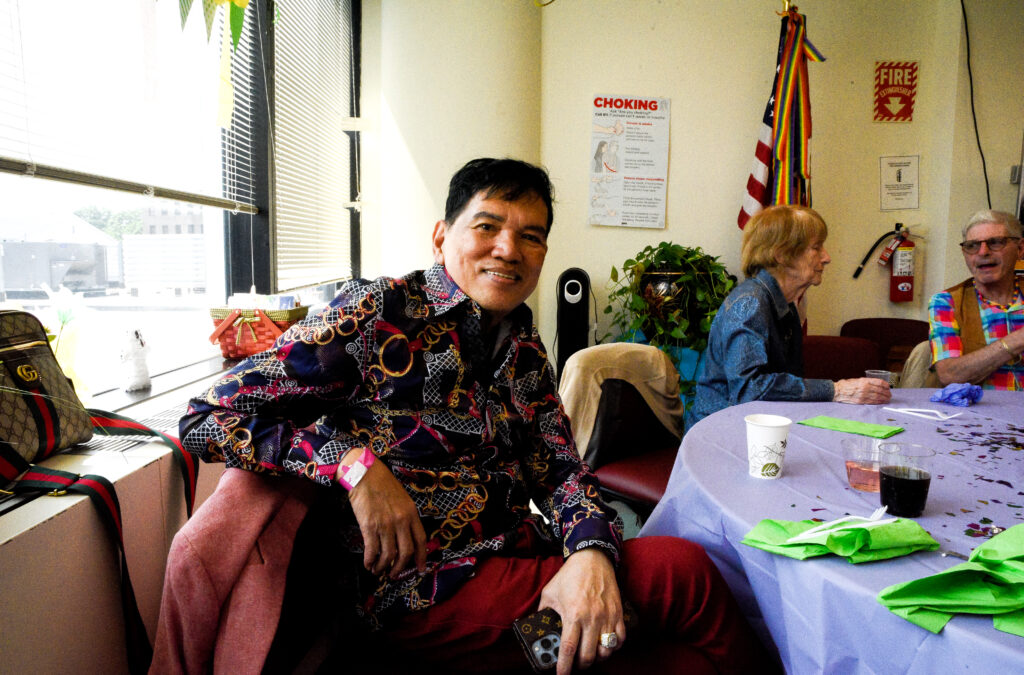
Manansala is a regular the center and was around during its early days close to a decade ago.
There are many other seniors like Manansala who lost their partner, and other LGBT members may not have a support system in their families for various reasons, including being shunned for their sexuality. That’s where the center comes in.
“It’s the same thing that’s facing all vulnerable populations, And that is isolation and loneliness,” said James, a program assistant at the center. “Their support systems have been dwindling and coming to the center has really, really improved their quality of life. Just having a space to go to everyday with people that will miss you when you’re not there.”
Once a week, a bereavement group is anyone grieving the loss of a loved one. And a trans and gender nonconforming group is also available exclusively for members of the LGBTQIA+ community to facilitate a safe space.
Tony and Glenn met at an LGBT center in Manhattan over a decade ago during a “friends first” social event designed to foster platonic friendships. Attendees were paired with others who answered similarly on a questionnaire, and after chatting, they could exchange numbers. But the rule was that you couldn’t contact the other person for a week.
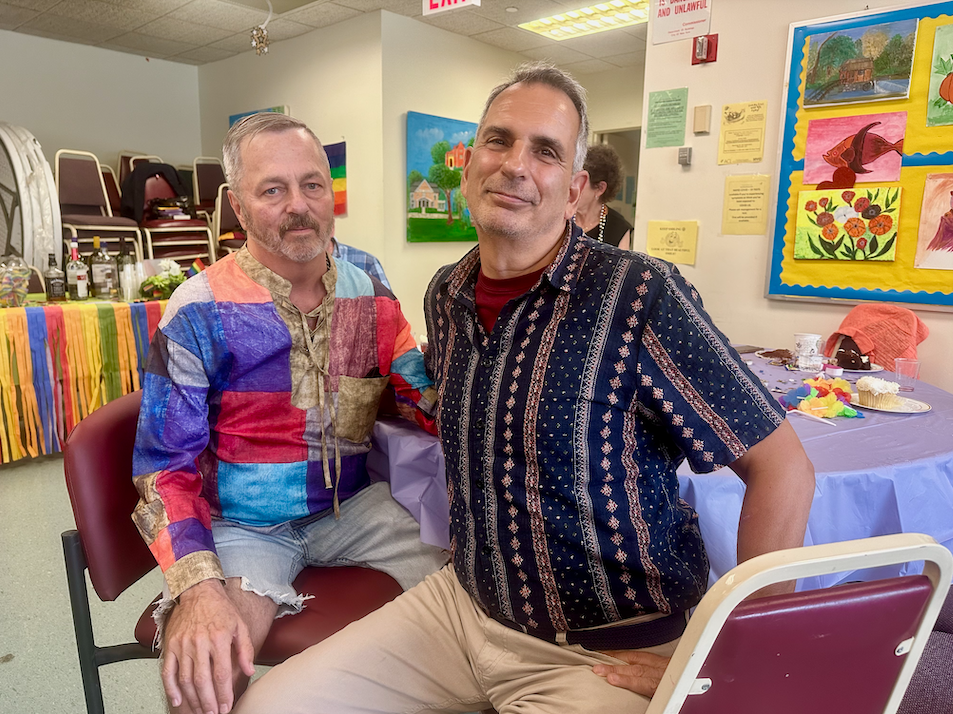
Tony and Glenn have been partners for over a decade.
“That was hard,” recalled Glenn who says they made it four days before calling each other up.
At the time, they were both married to women and later attended a support group together for gay men that were in the same position.
“I got married not knowing I was gay,” recalled Tony. “As you get older you realize that something is missing.”
Now they are both retired and live together in Kew Gardens. In their free time they take yoga classes, host dinner parties and spend time with their grandchildren. They were glad that the Pride Social was hosted at the Kew Gardens location instead, due to the proximity to home.
“And if you don’t like what you see with the parade, with the drag queens, don’t go,” said Richie, a gay member who didn’t want to share his last name due to fear of harassment in today’s climate. “I’m just hoping that people learn that respect is a two way street.”


